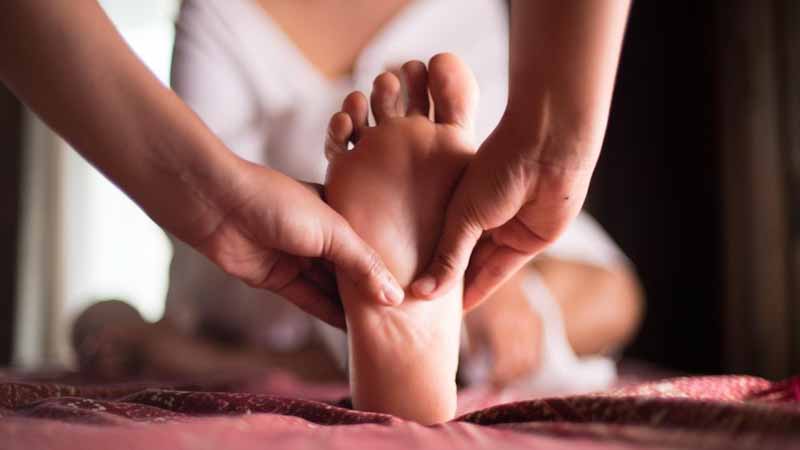One of the most common causes of heel pain is plantar fasciitis, this happens due to the inflammation of a thick tissue that is found in the lower part of the foot and that connects the heel with the toes.
Overweight people, runners, and those who do not wear proper footwear are the most likely to suffer from plantar fasciitis.
It is usually manifested also by a sharp pain that is felt when taking the first steps of the day, which decreases as you walk during the day, but it reappears when you are standing for a long time or when you get up from the place where you are sitting.
Pain from plantar fasciitis usually gets worse after exercise, not during exercise. The tension generated by the plantar fascia usually generates small tears, according to Mayo Clinic, repeated stretching and tearing can cause the fascia to become irritated or inflamed; although, in many cases of plantar fasciitis, the cause is not clear.
If not treated in time, heel pain can hinder daily activities, pain can make you change the way you walk which can lead to complications in the foot, knee, hip or back.
There are factors that can increase the possibility of having plantar fasciitis such as:
- Age: plantar fasciitis is more common in people between 40 and 60 years.
- Exercise: running long distances, activities with jumps, ballet, and aerobic dance.
- Anatomy of the foot: a flat foot, a high plantar arch, or even an abnormal form of walking can affect the way weight is distributed when standing and can overload stress on the plantar fascia.
- Obesity: Excess weight produces additional stress on the plantar fascia.
- Jobs that require you to stand: factory employees, teachers and others who stand or walk on hard surfaces for most of their workday can suffer damage to the plantar fascia.
Plantar fasciitis is usually relieved with conventional treatments, resting, placing ice on the painful area and stretching before exercises for months.
Some analgesic medications, such as ibuprofen and naproxen sodium, can relieve pain and inflammation due to plantar fasciitis.
In addition, physical therapy, the use of a night splint that stretches the calf and arch of the foot while you sleep can alleviate the pain.
You can opt for an orthotic treatment, that is, prefabricated or custom made arch supports (orthopedic devices) to help distribute the pressure that is exerted on the foot more evenly.

